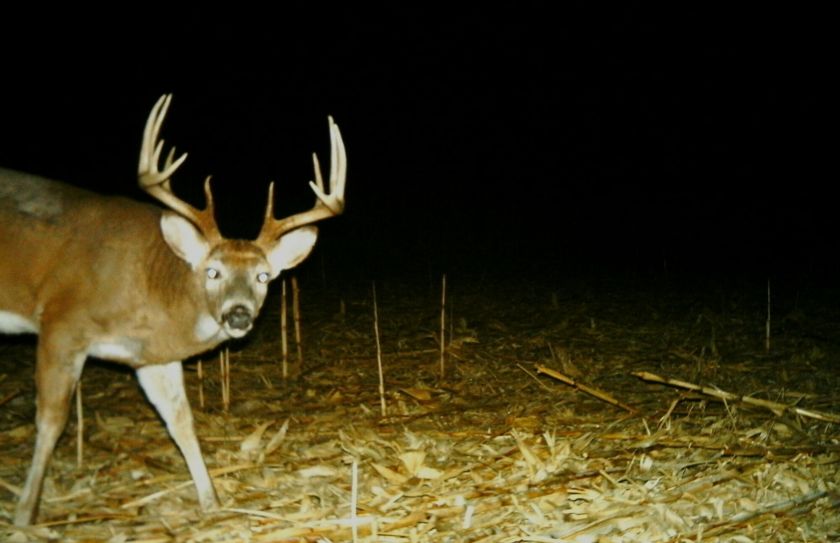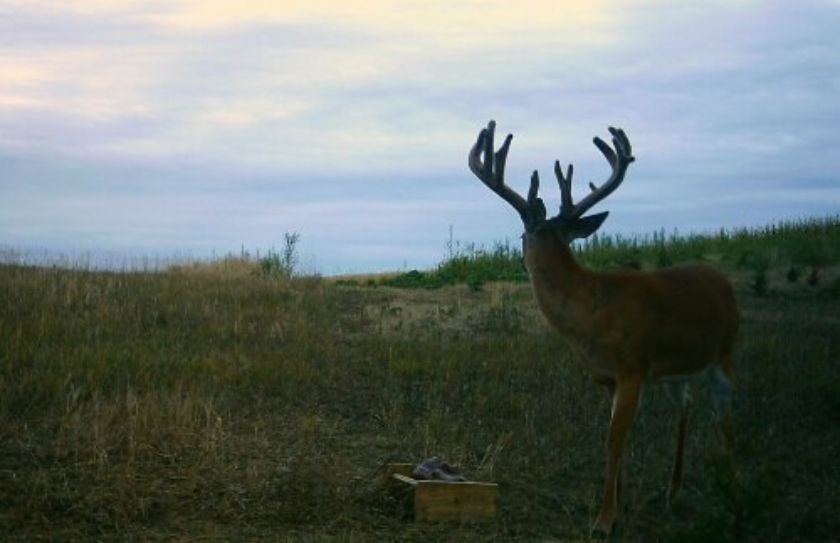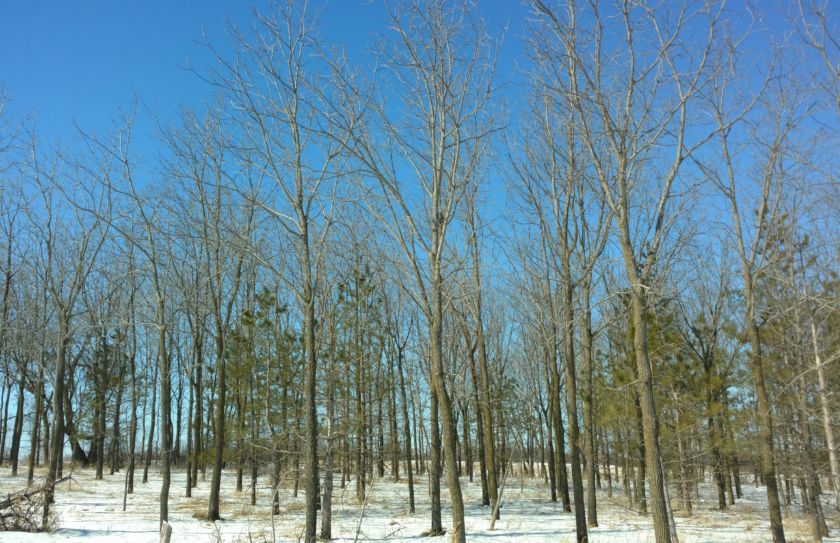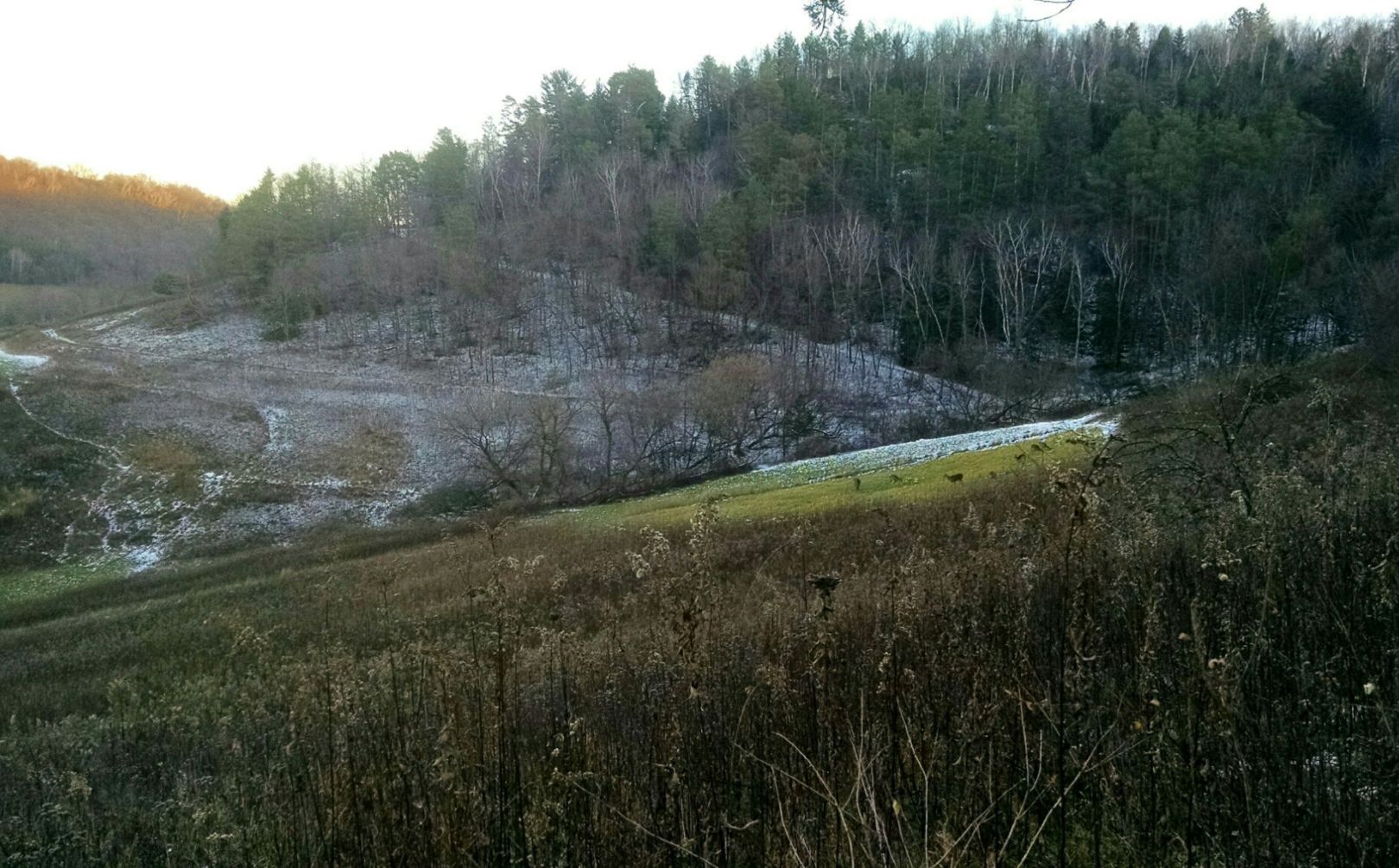
Is your highly attractive deer habitat, too attractive? Although it may seem impossible, the risk of over-improving deer habitat is very real, and in my experience a growing concern. As I travel around the country to scout and design the habitat and hunting opportunities, on a wide variety of shapes, sizes and quality levels of deer parcels, a trend has firmly taken hold: Some of the most attractive parcels, also produce some of the poorest herd and hunting opportunities.
Let me explain!
As a habitat junkie and full time habitat consultant, I can full understand the love, joy and passion for creating attractive deer habitat. But here is how this wide sweeping trend is taking shape across the entire whitetail landscape:
1. Well meaning hunters and landowners strive to make their parcels the most attractive in the neighborhood. Although the goals can range from creating family fun, quality deer herds, or high quality hunting grounds -maybe even all 3 at once- the ultimate end-goal is to create a highly attractive habitat for deer. Within reason, often no expense is spared to plant, cut, install and shape attractive habit improvements for every portion of the land.
2. The habitat improvement practices turn into a highly rewarding, 365 day adventure. Improvements are made so that each month of the year is focused on for attracting, holding and creating quality herd and hunting opportunities.
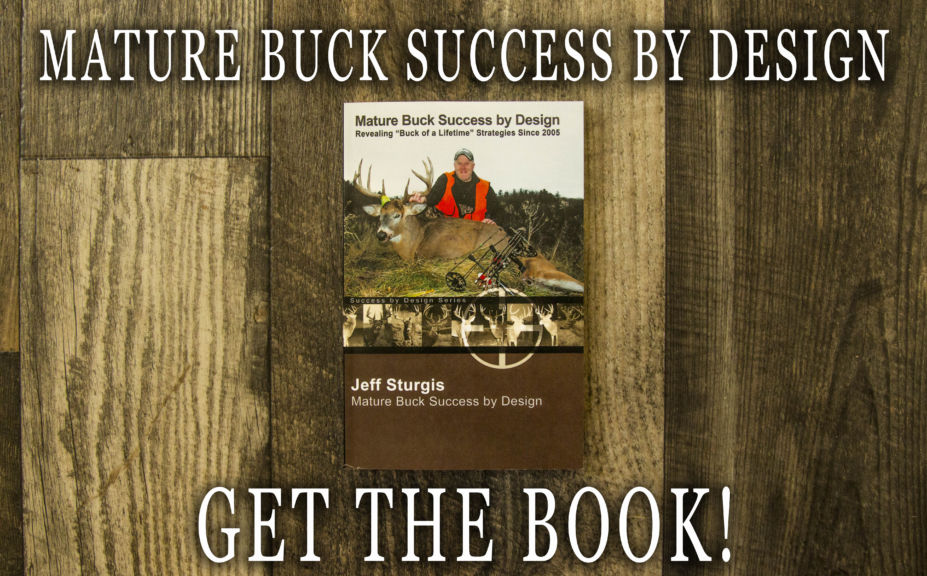
*These herd, hunting and habitat strategies, as well as most any other whitetail related tactic, are covered in my recently complete trilogy of Advanced Whitetail Strategy books, including the recently published“Mature Buck Success by Design”, which details how to scout, prepare, forecast for and consistently kill mature bucks.
3. There is enough information online, in books and magazinese to help just about anyone creat a highly attractive deer parcel! From waterholes to food plots to hinge cuts the recipes for each are long, detailed and if you build them to spec, the deer will be attracted.
4. And highly attracted the deer will be! In fact, it is easy for a land to be virtually over-run with deer within a matter of a few short years. In my own UP of MI poor soil, poor habitat, poor deer herd location in the 2000s, my buck herd grew from 1 yearling spike in 99, to 17 different bucks in 2006. Even in the worst of circumstances good things can happen, let alone some of the incredible lands that I visity annually across North 1/2 of the country. But bottom line, if you build it…they will come, to a very large degree.
5. Then, it happens! Attractive Summer lands equal quality fawning grounds, and quality fawning grounds turn into doe factories of rapidly expanding antlerless numbers. Doe family groups reflect small home ranges, and Summer doe family groups become established Fall residents.
6. Doe family groups take up space, while controlling the highest quality habitat portions adjacent to quality food sources. The numbers can easily expand to the point that there is no room left over for bucks, let alone mature bucks. But a doe factory is only a portion of the potential concerns of deer habitat that is ultimately too attractive.
7. Habitat improvement efforts that are opportunistic instead of strategic create extensive problems during the hunting season. By creating a parcel that is highly attractive, it becomes nearly impossible for hunters to access the lands without spooking deer. Doe family groups are much more tolerable to hunting pressure than mature bucks, and with a smaller home range, doe family groups often have to be forced to leave…if they are going to leave their preferred Fall habitat at all.
8. Over-improved deer habitats can be nearly impossible to hunt. Too many antlerless deer over-consume high quality food plantings, take up space, and in the end bucks are pressured off the land to find calmer pastures. Sure, a buck may come cruising through during the rut, or become a night-time star on a landowner’s trail cams, but his core daytime habitat is somewhere else. And that is where huge problems arise!
9. The land becomes over-run with does, and bucks leave to remove themselves from both the stress of the exposed hunting pressure, as well as the stress from the expanded antlerless herd. The higher the level of attraction, the more deer are exposed to hunter movement and herd stress. The land creates a yo-yo of both attraction and repel that leads to not only poor hunting opportunities for mature bucks, but poor deer herd potentials.
10. After a few years the land becomes over-browsed and over-run with does, bucks have been repelled, sex ratios are decreased, and buck age structure has been reduced even though the landowner’s carry the strictest immature buck protection standards in the neighborhood. When a parcel reaches this point, it has often been elevated to the most attractive deer habitat in the entire area, following a lot of funds and an awful lot of work! Midnight spottings of mature bucks may even be common in quality deer neighborhoods, as hunters conclude the bucks are simply nocturnal, when in fact they have been just simply attracted to parcels that are often less attractive, but most importantly, feature much lower levels of herd hunter stress.
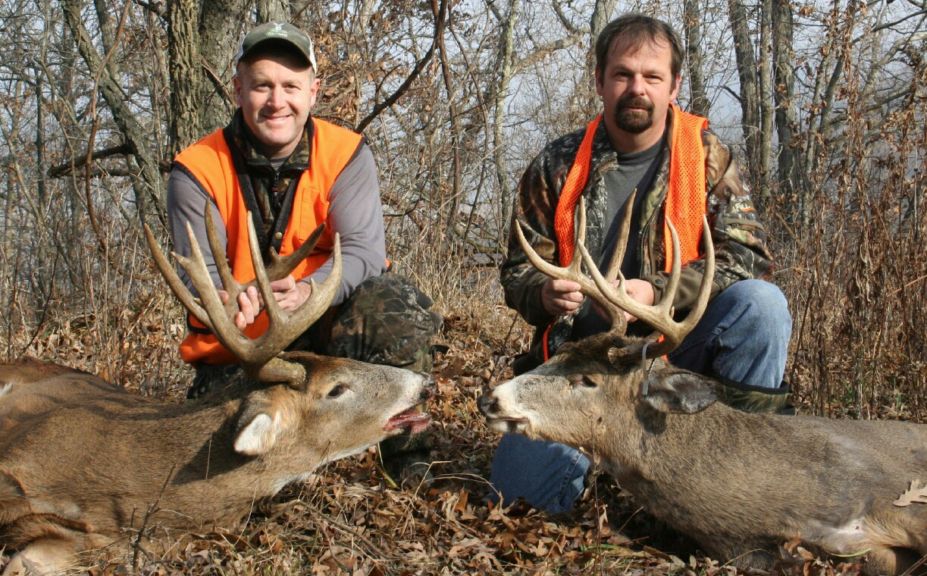
*Of course deer management isn’t about shooting the biggest buck in the herd every year, but the best lands are the lands that attract the highest buck per acre ratio in the area; good habitat or not. Make sure to gauge your habitat progress by the amount of daytime buck activity, instead of daytime doe activity. Building a doe factory is easy! The difficulty lies in building an adequate doe herd that includes an appropriate number of bucks, for the ultimate health of both the herd and hunt. For a more detailed look at building a small parcel buck paradise, make sure to read “Attracting a Buck Herd to Your Habitat”.
How do you create the most attactive deer habitat, herd and hunting opportunities?Some of the best herd and hunting opportunities have featured some pretty average deer habitat. On the otherhand, some of the best herd and hunting parcels have featured levels of habitat quality that rival the best in the country. Here are the following 5 conditions that need to take place on most lands, in order for you to create high quality herd and hunting opportunities:
1. Avoid doe factories. By making sure that the land isn’t too attractive during the Summer months, you can keep the focus off of your land until the Fall, so that you maintain the overall antlerless numbers at lower levels.
2. The habitat needs to be improved to a high level, but not so high that you can’t get in and out of your land without spooking deer.
3. Hunting pressure needs to be at the lowest levels, when the rest of the neighborhood is at it’s highest. This typically means that on opening day of traditional gun seasons, your land needs to feature the lowest levels of hunter intrusion. Think of your hunting pressure as a bow tie. Pressure controls need to be the tightest during the middle of the season (opening day of gun), and the least controlled during the beginning and end of the season. This does not mean that you attempt to add pressure to the beginning and end of the entire 3-4 month annual deer season, but instead that you recognize when the pressure needs to be controlled the most. Many lands feature the highest levels of hunting pressure in the middle of the season, which is the exact opposite of the approach needed to create high quality herd and hunting opportunities.
4. Attractive Fall habitat is worth a lot more than attractive Summer deer habitat. Why? Because deer herds are built during the hunting season, and not during the 4th of July. Your ability to improve sex ratios, increase buck age structure, control population numbers and ultimately to hunt and harvest mature bucks, takes place during the hunting season. Is the attractiveness of your deer habitat at it’s peak in the middle of the hunting season? or beginning to quickly fade.
5. Opposite of the bowtie hunting pressure graph, is when your habitat should be at it’s very best! As the level of the local hunting pressure is at its worst, your’s should be at it’s best. But at the same time, while the local habitat is beginning to decline during the middle of the season, your deer parcel should be at it’s best. Habitat that is incredible at the beginning or very end of the season, is all for not if it is not also highly attractive during the middle.
Conclusion
Just because a deer parcel is highly attractive, does not mean that the landowner has done a great job. There are many lands that had better deer herd and hunting opportunities prior to the start of habitat improvements, than after. The risk of over-improving habitat is very real. The problem is that the effects can be very deceiving! High deer numbers are fun to experience, and the land may still contain a very high number of rubs and scrapes. However the buck sign can be midnight created and the entire triad of the necessities of a healthy herd could be greatly deminished, including: Populations in balance with the habitat, adequate sex ratios and improved buck age structure. I think it is time that we take a good hard look at how attractive our deer habitat is, and if if our good intentions have created negative consequences.
